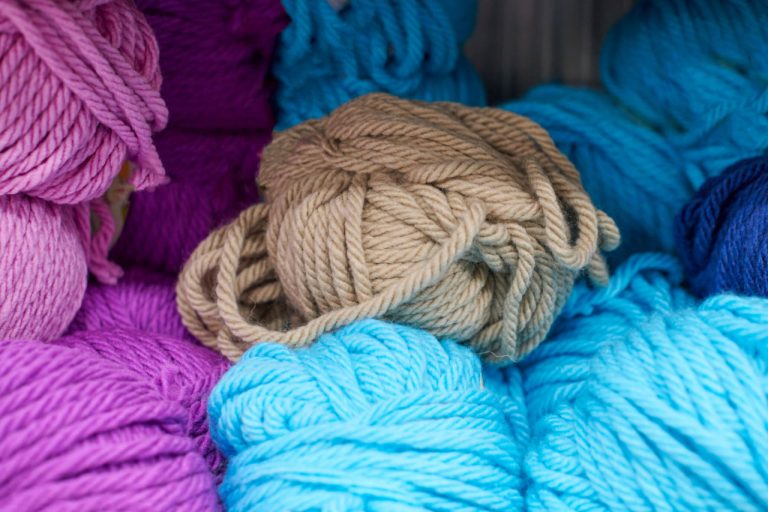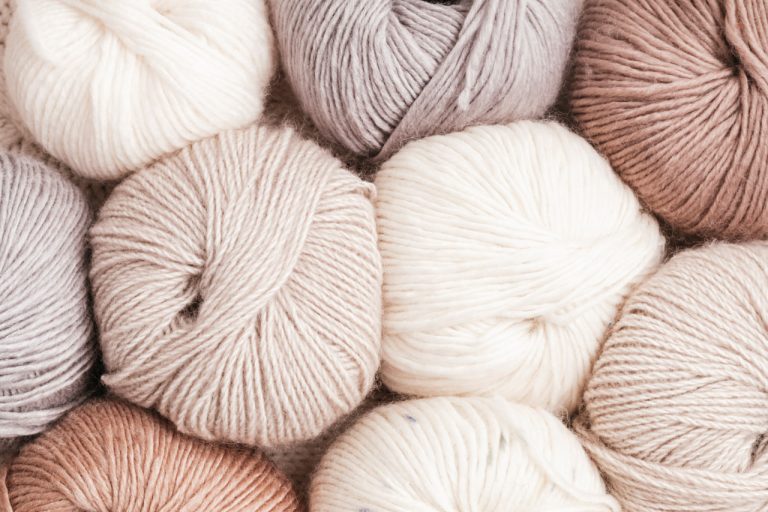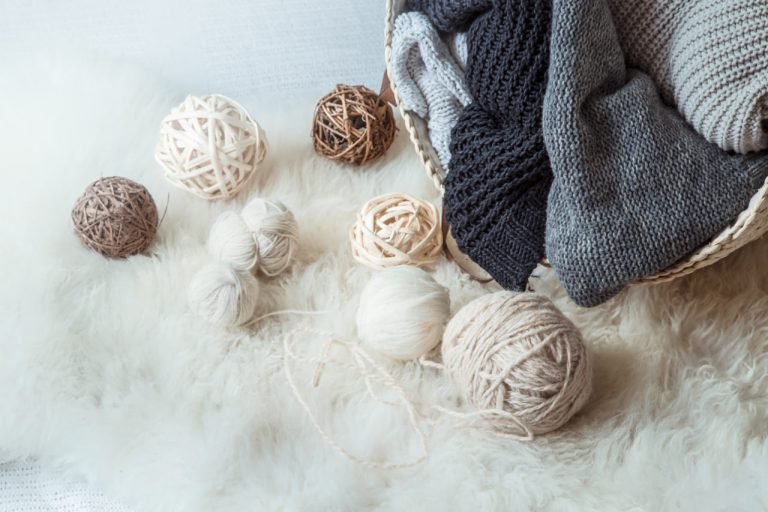Understanding the Basics of Wool Felting
Wool felting is a versatile craft that transforms natural wool fibers into durable, artistic creations. By matting and compressing wool, crafters can create everything from decorative items and jewelry to functional accessories. Felting engages both creativity and patience, as each technique requires careful attention to texture, shape, and density. Understanding the differences between needle felting and wet felting is essential for selecting the right approach for a project, as each method offers unique possibilities and challenges.
Needle Felting: Precision and Detail
Needle felting uses barbed needles to interlock wool fibers, allowing for detailed sculpting and intricate designs. Each poke of the needle tangles the fibers together, gradually forming the desired shape or pattern. This technique is ideal for small, three-dimensional items such as animals, figurines, ornaments, or embellishments on larger projects. Needle felting provides precision, enabling crafters to add fine details, contours, and textures that bring a piece to life. Patience and steady hands are key, as careful repetition of the needle’s motion builds firmness without distorting the fibers.
Wet Felting: Larger Projects and Soft Textures
Wet felting involves combining wool fibers with water, soap, and agitation to mat them together. Unlike needle felting, wet felting is suited for creating flat or larger pieces such as scarves, blankets, coasters, or wall hangings. The process begins with layering fibers, wetting them with soapy water, and applying pressure through rolling, rubbing, or kneading. As the fibers contract and interlock, they form a dense, cohesive fabric. Wet felting allows for smooth surfaces, blended colors, and flexible shapes, making it perfect for functional items with a tactile, soft texture.
Comparing Creativity and Control
Needle felting excels in areas where precision and intricate detail are desired. It allows for sculptural experimentation and fine control over shapes, curves, and textures. Wet felting, on the other hand, encourages creativity on a larger scale, enabling blended color gradients and flexible designs. While needle felting can be meticulous and time-consuming, wet felting is often faster for covering larger surfaces. Both methods provide opportunities for artistic expression, and many crafters combine techniques to achieve depth and variety in their creations.
Materials and Tools for Each Technique
Each felting method requires specific materials and tools. Needle felting needs specialized barbed needles, foam or felting pads, and small amounts of wool for shaping. Wet felting requires water, mild soap, bubble wrap or mats for rolling, and layers of wool arranged carefully for desired textures and thickness. Choosing high-quality wool is crucial for both techniques, as fiber quality affects ease of felting, density, and durability of the final piece. Attention to material selection ensures professional-looking results and a satisfying crafting experience.
Tips for Beginners
For those new to felting, starting with small projects and experimenting with both techniques helps develop skills and confidence. Needle felting beginners can practice simple shapes such as balls or basic animals, gradually progressing to more complex sculptures. Wet felting beginners should try small flat projects like coasters or simple scarves to understand fiber behavior and matting techniques. Learning through trial and error, observing how fibers respond, and being patient with the process is essential for mastering felting and creating beautiful, long-lasting pieces.
Combining Techniques for Unique Results
Advanced crafters often combine needle and wet felting to enhance their creations. Wet felting can provide a smooth, solid base, while needle felting adds fine details, texture, or sculptural elements. This combination allows crafters to maximize both precision and size, creating pieces that are visually striking, tactile, and versatile. Experimenting with layering, color blending, and different felting approaches opens endless possibilities for creativity, making wool felting a rich and rewarding art form for makers of all levels.




